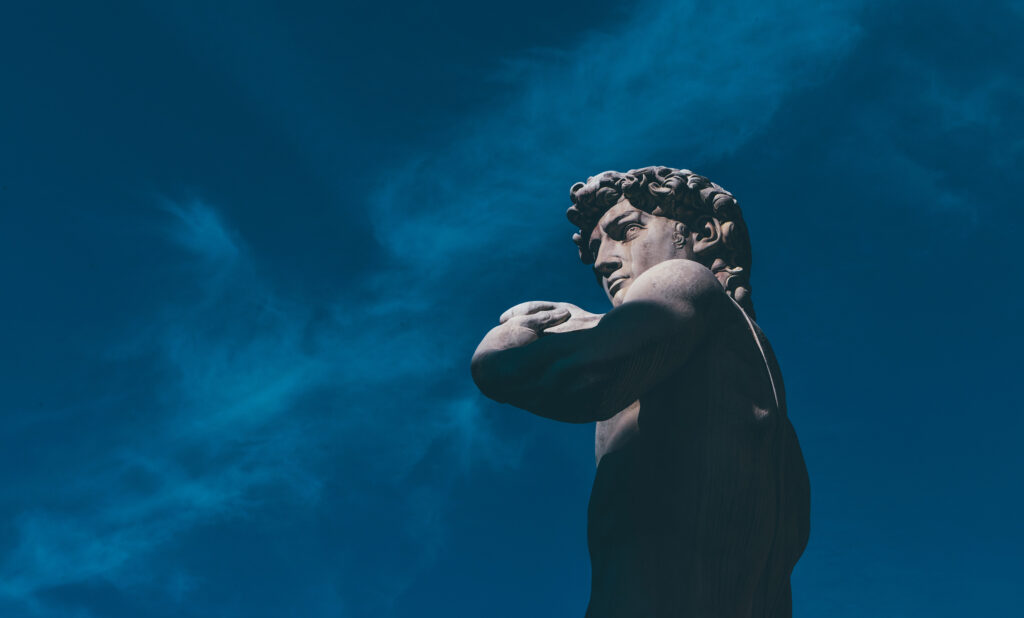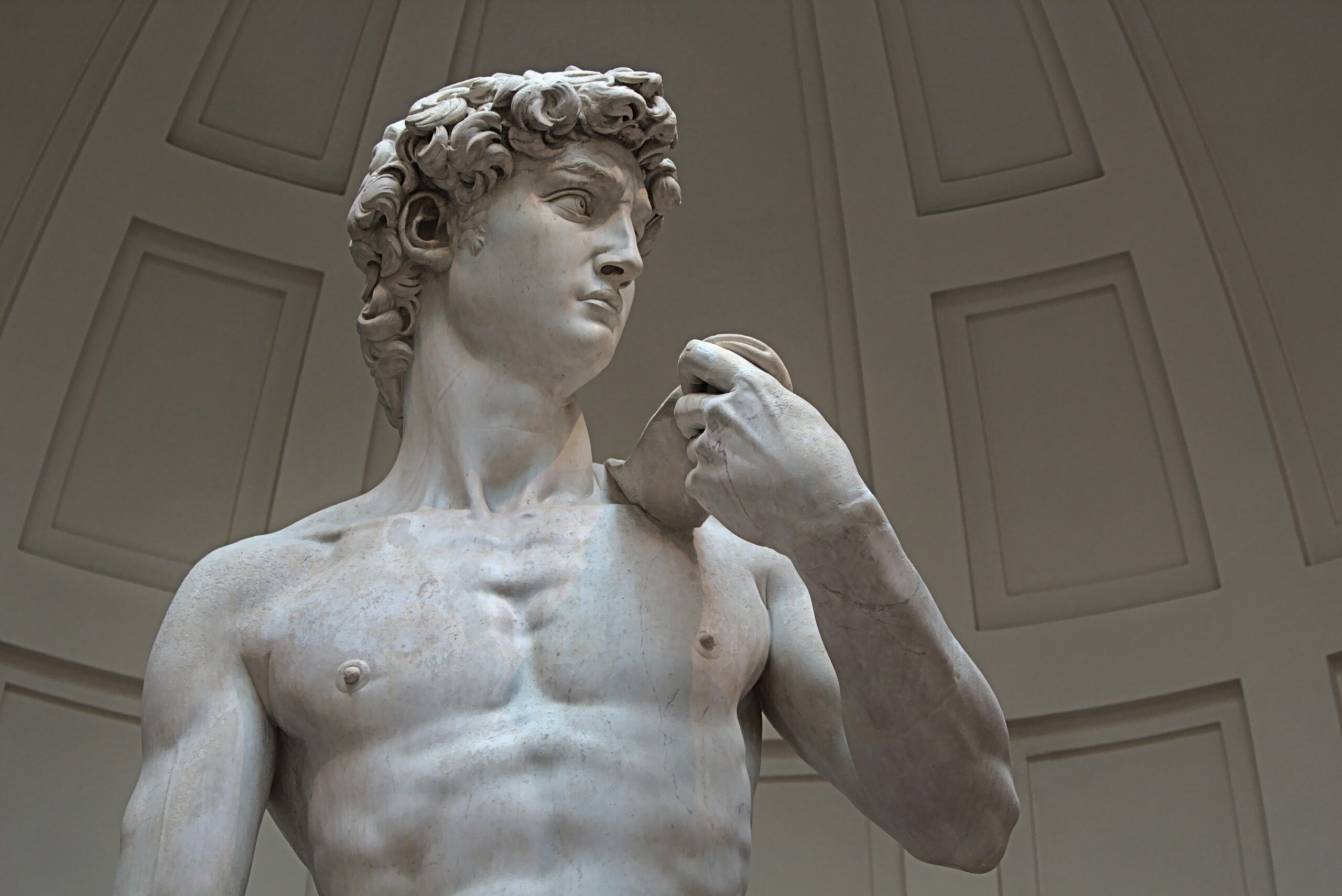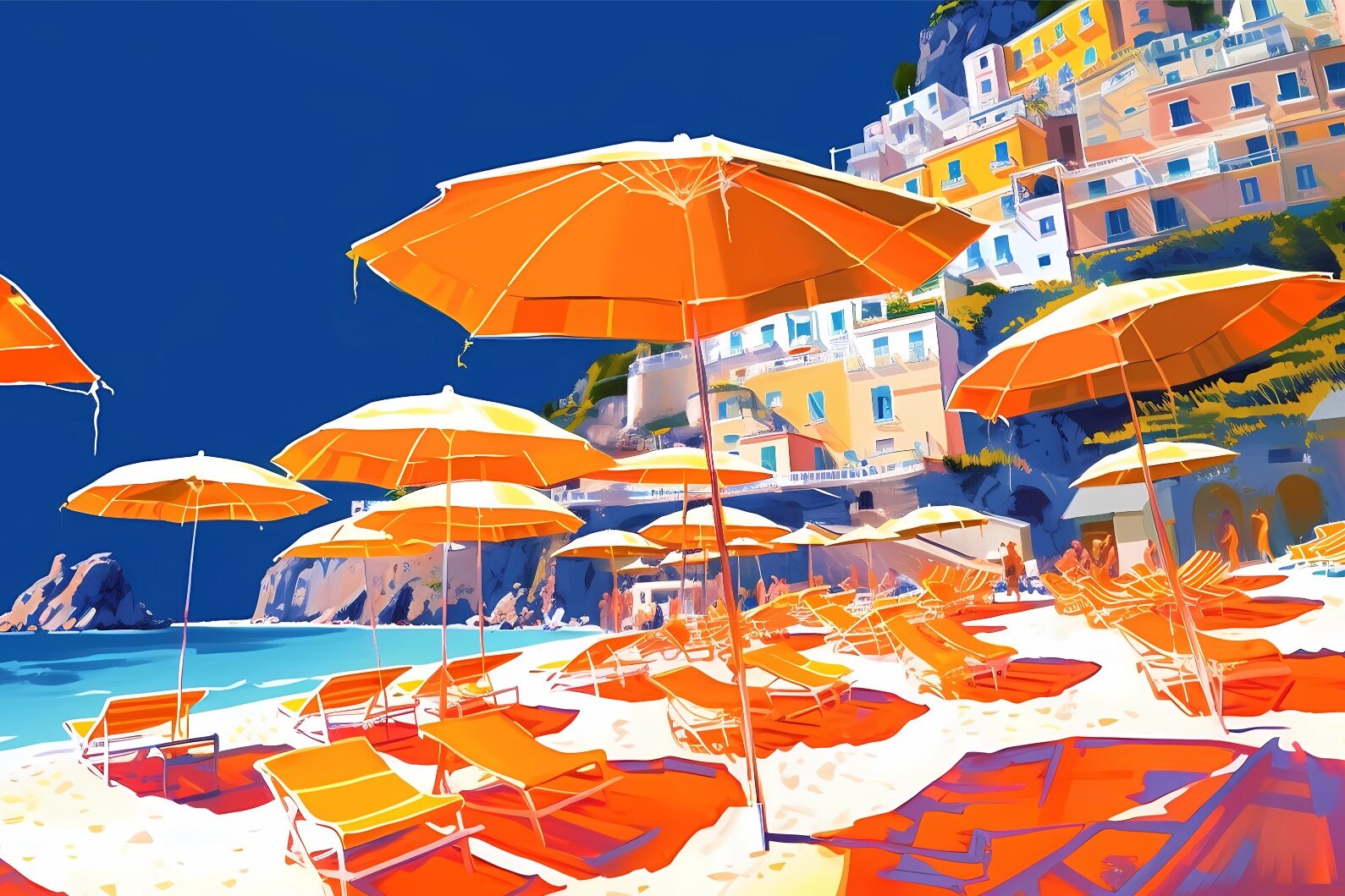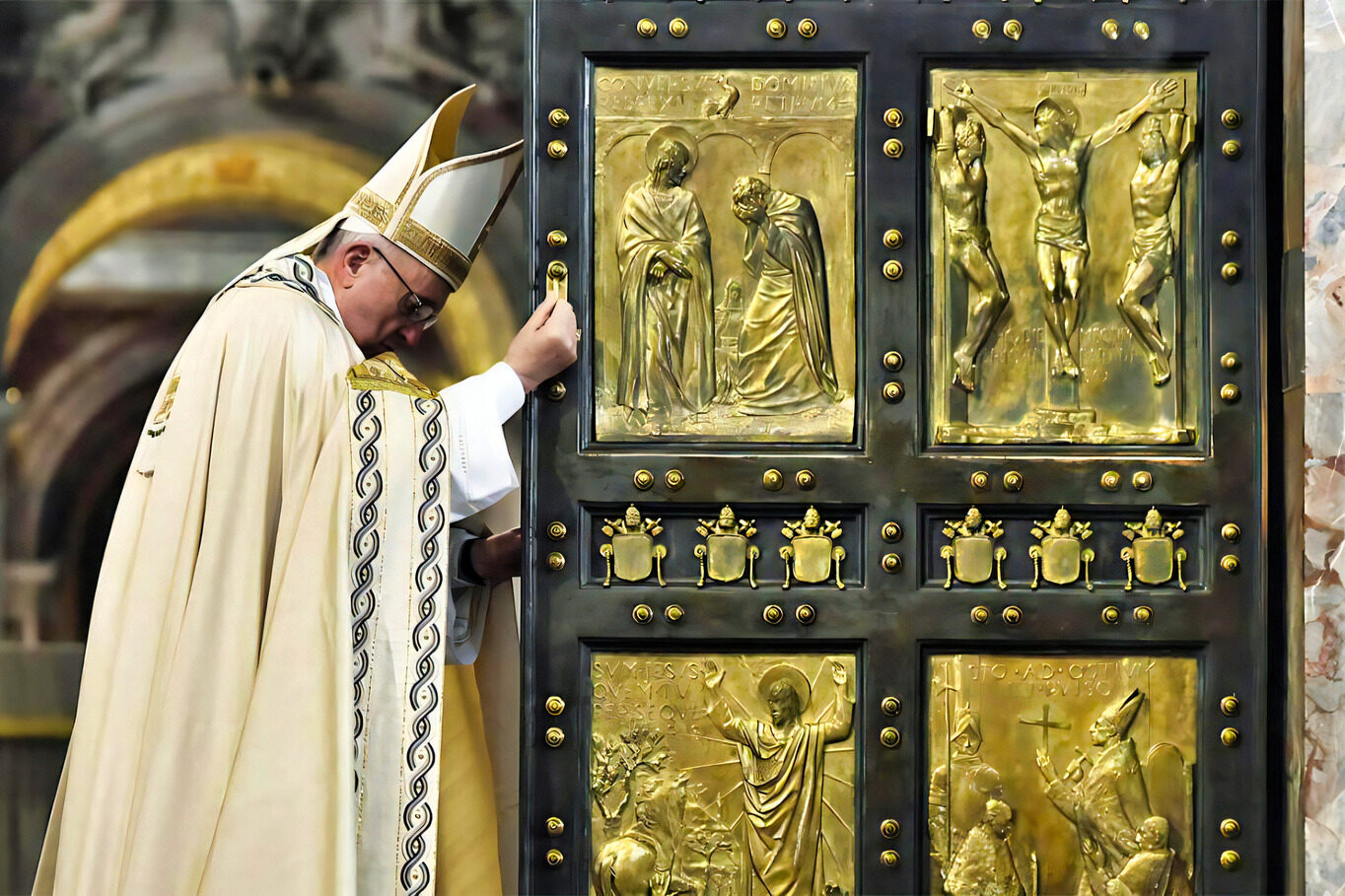The news that the principal of a Florida charter school was fired after a Renaissance art lesson featuring Michelangelo’s David, has rightfully caused a stir. Two parents of 11-year-old students complained of not being informed beforehand, and a third parent in particular deemed the masterpiece of world sculpture “pornographic.” Similar protests had already occurred during Hope Carrasquilla’s 27 years of teaching at another school. “But there’s nothing inappropriate about it,” she explained in various interviews. “This is Renaissance art. If you study the Creation of Adam and you dress him, you’re changing the narrative. When God created him, Adam was naked. If you cover him up, you automatically make nudity a shameful thing, but that’s not the original story.”
L’Italo-Americano thanks Cecilie Hollberg, director of the Galleria dell’Accademia in Florence, which has been home to the David for 141 years, for the valuable contribution she gave us on the subject by granting us this interview.
Director, how can we explain such an offense to the very symbol of the Italian Renaissance, one of the most recognizable masterpieces of world art?
Honestly, there is only one explanation: the absolute ignorance of whoever confuses the David and his nudity – a symbol of the innocence and purity of this boy chosen by God – with pornography. Only a twisted type of fantasy can see this in a biblical figure, in a statue that is also an icon of the Renaissance and the most famous statue in the world. It’s not only absurd, it’s a worrying sign of sheer ignorance, in its most literal sense: a lack of knowledge of history – religious history, of Christianity and Judaism, and art history.
What’s the meaning of Michelangelo’s David, and why is it unacceptable to mistake art for pornography?
The David is not just any sculpture but the most iconic, well-known, and admired in the world. It was the first statue since ancient times to be truly majestic in its dimensions. Michelangelo created it when he was only 26 years old and spent three years on it. The perfect body of the David corresponds to the Renaissance canon, which placed Man at the heart of all, in agreement with the Creation story where God makes Man in his own image. The sculpture is an exceptional example of beauty, innocence, balance, and perfect proportions.
The David is not “simply naked.” It is a seminal piece of Western artistic expression that worked as a reference for much of our art. Do we need to dedicate more time to art in schools if we want to truly fight against ignorance and against what may be, perhaps, a weakening of our very sense of culture?
It should be said that, from what I read, it was only one mother who, out of ignorance, mistook nudity for pornography, and I cannot and do not want to believe this is the way most people think. Florence is full of Americans, there are about forty American universities here, and there is the very important reality of the Friends of Florence, which finances – often without wanting to be named, simply out of love for the Renaissance, the city, and Tuscany – restorations of very important works of art and buildings that no one else would take care of. We certainly need to be careful, because we are losing touch with our roots and our culture. Renaissance and Classical art, where nudity is absolutely natural, are both part of Western culture. Medieval history, Rome, and ancient Greece are at the very root of it. We cannot deny our past, especially when it is this perfect. This episode upset me so much because such ignorance physically hurts. That’s why we created a hashtag called “David against ignorance” to provide information so that it does not happen again: to share knowledge, beauty, and culture, as we have always done, while trying to involve more and more people through our social media.
To us at L’Italo Americano, it seemed outrageous that the foundations of our culture could be questioned.
It’s outrageous because even in America, collections are full of Western art and Western nudes. But it’s amazing to see the consequences of what happened, and the media response generated by the ignorance of only a few. Not only did it lead to the principal’s dismissal, but it also deprived students at a “classical” school of the opportunity to learn about the Renaissance, because learning about it without the David is unlikely. I hoped it was fake news and that it would turn into an early April Fool’s joke, but it didn’t. If someone goes to Piazza Signoria in Florence, should they blindfold themselves? There is a copy of the David, but also the Biancone, the Rape of the Sabine Women – where everyone is naked – and Judith and Holoferes, which is a scene of violence! Should we just close every square in Italy to the public?!
Nudity is obviously a problem for many cultures, not just the American. There have been similar incidents with the 3D copy of the David at Expo Dubai’s Italian Pavilion, where a strategic setup “covered up” the critical parts. Shouldn’t we also question ourselves?
Yes, it was a presentation that hid things. It would have been better to choose another statue. Even when President Rohani visited Rome, the statues were covered. Why do we have to hide our culture and adapt it for someone from another place? We should be proud of our culture, grateful for having it. We should enjoy its masterpieces, and study them!
This is not the first time something like this happens. After the Council of Trento had condemned nudity in religious art, Michelangelo’s Last Judgment was censored with makeshift undergarments, painted by an artist who became famous as “Braghettone.” Do you think we are facing a similar situation?
Because of the Counter-Reformation, Daniele da Volterra, Michelangelo’s favorite pupil, was forced by the Pope to “dress up” the Sistine Chapel. Even the David had his“fig leaf,” but that was nudity, and they covered it up because it didn’t seem appropriate back then. This time, we went further because we are talking about pornography, which is beyond comprehension as there is absolutely nothing pornographic about it. The David is static, he does not make any gestures, and keeps the posture of someone who feels strong because he knows his faith in God will allow him to defeat the enemy of his people, whom he wants to liberate. He is pure, and he doesn’t even hold the severed head of Goliath, which we find in depictions of David before and after Michelangelo’s. He is naked because he was a shepherd, he didn’t have any armor, nor fancy clothes to wear.
After this episode, unfortunately, the message represented by Michelangelo’s David cannot be considered as universal as we believed. Do we need to educate better, so that its meaning is no longer misunderstood?
We shouldn’t become missionaries. Those who come to us and study Western culture will always be confronted with nudity. We also have the Nursing Madonna, but it’s not like we’re going to cover her up. We have Adam and Eve! It is our culture, and we should not be ashamed of it. We’re talking about our roots, and we must be proud and happy of them, just like I am proud and happy about presenting the David, this incredible icon of culture, here at the Galleria dell’Accademia. Of course, educating people is always important. But if you don’t want to see and understand, just stay home, that’s fine for us. This is our culture, and, to the public, we want to show the David with joy.
The tourist season, with spring and Easter, has just started: every year, the Galleria dell’Accademia, which you have been directing since 2015, is visited by millions of people, and Americans have finally returned to Florence in high numbers, just like they used to before COVID-19.

Actually, I must say we have much higher numbers than before COVID. In January, we even had 25% more visitors than in 2019. On average, 25% of our visitors are Americans, and from May on, that number increases to 50%. Basically, we haven’t had a low season this year.
What would you like to tell Americans, while inviting them to visit your museum – the place where the David was moved from its original location, Piazza della Signoria, in 1873, and where it waited in a wooden crate for nine years while a specially designed location was created for it?
To everyone, I say that the Galleria dell’Accademia is much more than the David. He is our “front man,” the one who attracts people, who are then rewarded by the presence of many other beauties. We have carried out significant work on this museum, which has been completely modernized in a very respectful way, without taking away its soul. Visiting us can be the opportunity to experience a completely changed Galleria, where every work of art – because we don’t only have the David! – has finally its own space and can be fully appreciated. It’s a completely changed place, of unique beauty. I would like to thank all the staff, who carried out construction work even during COVID. Because now visitors no longer crowd only in front of the David, they enjoy the whole place, and this makes us incredibly happy.
This renovation, which was complemented by the reorganization of the collection and has been enhanced by new lighting and a new wall color called “Blu Accademia,” is not the only prestigious result.
I fought for a long time for the David, and to ensure this excellence was respected. Then I managed, along with the Tribunale di Firenze, to protect it with a copyright. It is an absolute victory, because finally the David will no longer be associated with everything and anything, as it has been done for far too long – and someone still does for marketing purposes. Because this is the important thing: keeping art pure, stopping the use of Michelangelo’s David to advertise things. It’s a sign of respect for culture, for art, and for the beauty of this sculpture, which has both a religious meaning and a political message. We shouldn’t forget that it was commissioned by the Opera del Duomo, by ecclesiastics who wanted the statue placed on the cathedral’s round yoke. But it was too beautiful, so they chose to place it in front of Palazzo Vecchio, the political center of Florence, to send a message against the abuses of the Medicis. David was the young shepherd who rose and had the courage to stand up against the stronger and mightier Goliath. Therefore, it was a symbol of Florentine’s political independence and, of course, of the powerful biblical message that Michelangelo himself said he was inspired by.































